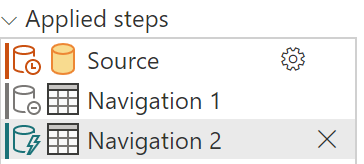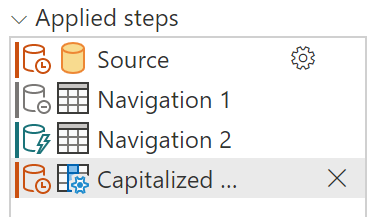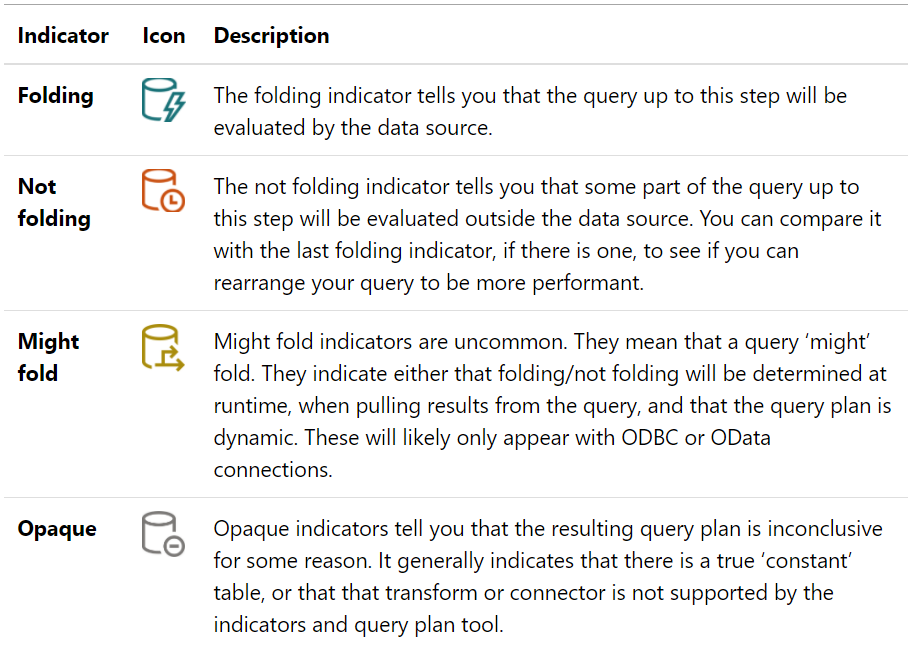Step Folding Indicators for Power Query Online
- The Tech Platform

- Jan 30, 2021
- 2 min read
We’re happy to announce Step Folding Indicators for Power Query Online!
One of the most powerful features in Power Query is the ability for it to take relational operations – things like grouping, filtering, etc. – and pass to the data source the ones that it knows how to handle. We call this ‘folding’, and it allows users to be able to avoid retrieving data that they don’t want to, speeding up processing immensely.
A common ask that that we’ve received for some time is a way to understand what folds, what doesn’t, what breaks it, etc. We laid some of the groundwork for this in Desktop last year with Query Diagnostics, but it still required expertise to understand the output. I’m pleased to share that we are now previewing step folding indicators in Power Query Online. These indicators will allow you to understand which steps fold, and which steps don’t. When you make a change that breaks folding, it will become obvious. This allows you to resolve issues more quickly and easily, avoid performance issues in the first place, and have better insight into your queries.
This feature will become available in Power Query Desktop at some point in the future.
Usage
Using the Northwind sample database, I’ve connected to the Products table and loaded data. If you look at how this shows up in step folding indicators, you can see that the first step doesn’t fold, the second step is inconclusive, and that the third step folds.
You can see that the initial steps don’t fold, but the final step generated when you load data initially does fold. How the first few steps (Source, sometimes Navigation) are handled depends on the connector. With SQL, for example, it’s handled as a catalog table value, which doesn’t fold. However, as soon as you select data for that connector it will.
Conversely, this can also mean that your query folds up to a point and then stops folding. Unlike in the case where you have a folding indicator for the step, which shows that everything folds, when you have a not folding indicator it doesn’t mean that everything doesn’t fold – instead, it means that “not everything” folds. Generally, everything up to the last folding indicator will fold, with additional operations happening after.
Modifying the example from above, you can give a transform that never folds – Capitalize Each Word. In step folding indicators, you will see that you have the exact same indicators as above, except the final step doesn’t fold. Everything up to this final step will be performed on the data source, while the final step will be performed locally.
Indicators
Feedback
We would love any feedback that you have for us! As always, keep raising suggestions through UserVoice and other feedback channels, and we’ll do our best to keep improving functionality for you.
Source: paper.li
The Tech Platform









Comments